#konstanty laszczka
Text

Konstanty Laszczka (1865–1956) - "The Queen Cat (Królewna kotka)", ca. 1928.
6K notes
·
View notes
Text
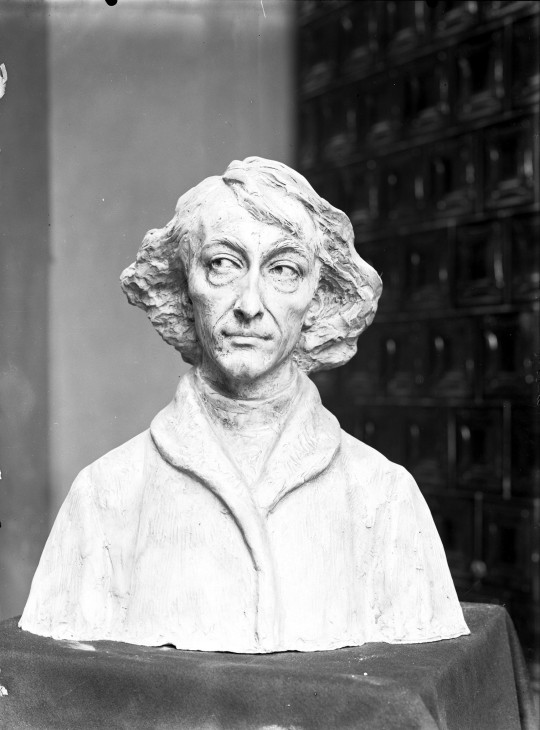
Nicolaus Copernicus (Konstanty Laszczka, Polish sculptor)
Happy birthday, Nicolaus Copernicus!
Nicolaus Copernicus (February 19, 1473 — May 24, 1543) is primarily known as an exceptional astronomer who formulated the true model of the solar system, which led to an unprecedented change in the human perception of Earth’s place in the universe. This great Pole, who is rightly included among the greatest minds of the European Renaissance, was also a clergyman, a mathematician, a physician, a lawyer and a translator. He also proved himself as an effective strategist and military commander, leading the defence of Olsztyn against the attack of the German Monastic Order of the Teutonic Knights. Later on, he exhibited great organizational skills, quickly rebuilding and relaunching the economy of the areas devastated by the invasion of the Teutonic Knights. He also served in diplomacy and participated in the works of the Polish Sejm.
Copernicus’ scientific achievements in the field of economics were equally significant, and place him among the greatest authors of the world economic thought. In 1517 Copernicus wrote a treatise on the phenomenon of bad money driving out good money. He noted that the“debasement of coin” was one of the main reasons for the collapse of states. He was therefore one of the first advocates of modern monetary policy based on the unification of the currency in circulation, constant care for its value and the prevention of inflation, which ruins the economy. In money he distinguished the ore value (valor) and the estimated value (estimatio), determined by the issuer. According to Copernicus, the ore value of a good coin should correspond to its estimated value. This was not synonymous, however, with the reduction of the coin to a piece of metal being the subject of trade in goods. The ore contained in the money was supposed to be the guarantee of its price, and the value of the legal tender was assigned to it by special symbols proving its relationship with a given country and ruler. Although such views are nothing new today, in his time they constituted a milestone in the development of economic thought.
Additionally Copernicus was not only a theorist of finance, but he was also the co-author of a successful monetary reform, later also implemented in other countries. It was Copernicus, the first of the great Polish economists, who in 1519 proposed to King Sigismund I the Old to unify the monetary system of the Polish Crown with that of its subordinate Royal Prussia.
The principles described in the treatise published in 1517 were decades later repeated by the English financier Thomas Gresham and are currently most often referred to around the world as Gresham’s law. Historical truth, however, requires us to restore the authorship of this principle to its creator, for example through the popularization of knowledge about the Copernicus-Gresham Law. (© NBP - We protect the value of money).
#nicolaus copernicus#mikołaj kopernik#sculpture#poland#science#konstanty laszczka#scienceblr#scientists#science academia#astronomy#thomas gresham#science history#renaissance#16th century#polish artist#study inspiration#solar system#planets#prussia#kingdom of poland#*
257 notes
·
View notes
Photo

The Queen Cat (Królewna kotka) by Konstanty Laszczka (1865–1956) - ca. 1928
11 notes
·
View notes
Photo

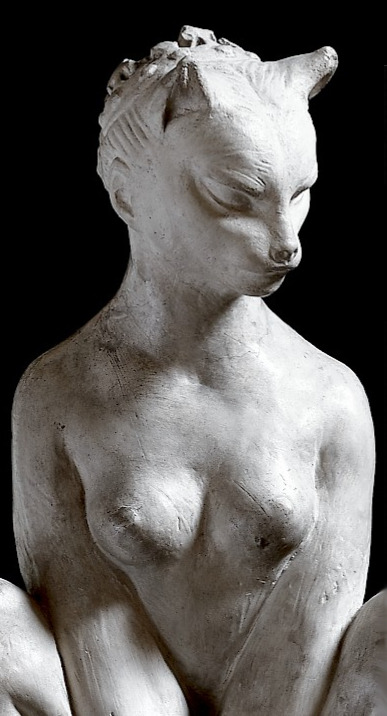
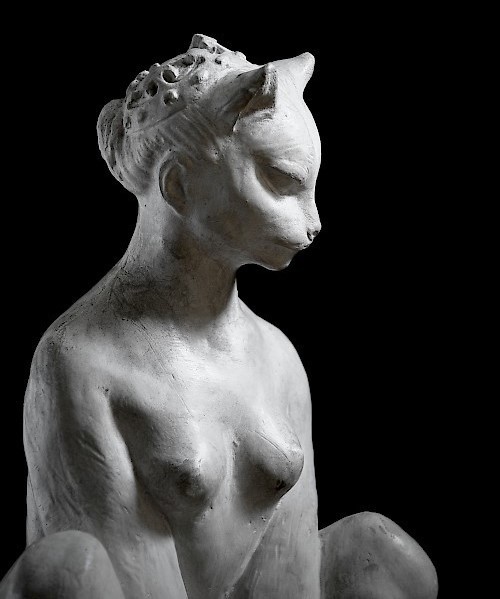
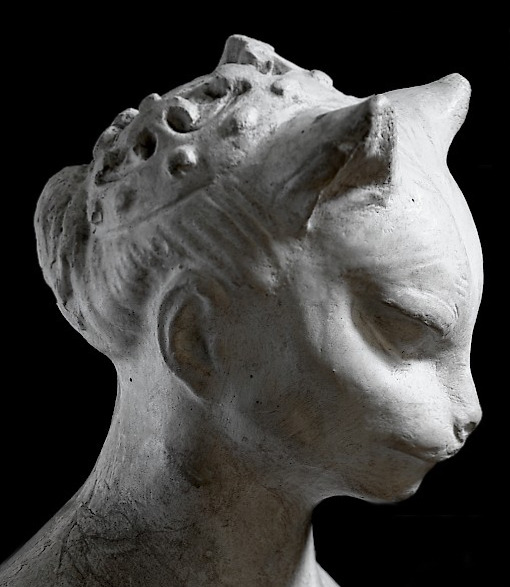
Konstanty Laszczka (Polish, 1865-1956)
Królewnę Kotkę (Queen’s Cat) - plaster - c.1928
30 notes
·
View notes
Text

Konstanty Laszczka, Queen Cat, 1928
7 notes
·
View notes
Text

Konstanty Laszczka 1865-1956
Poland
"Queen Cat" 1928
11 notes
·
View notes
Text
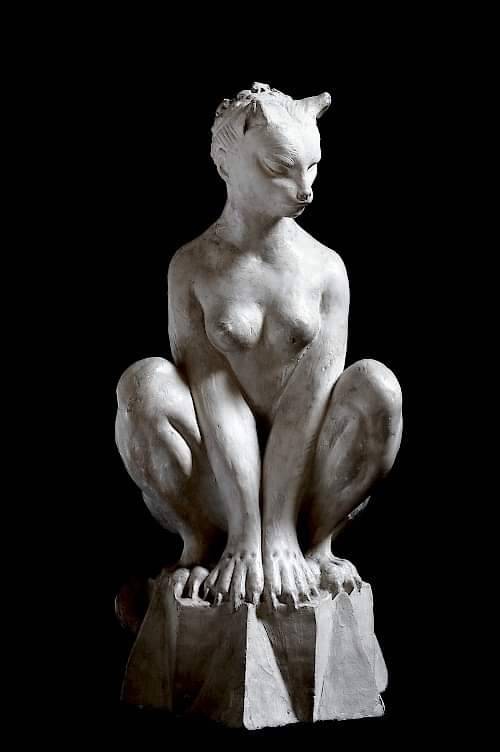
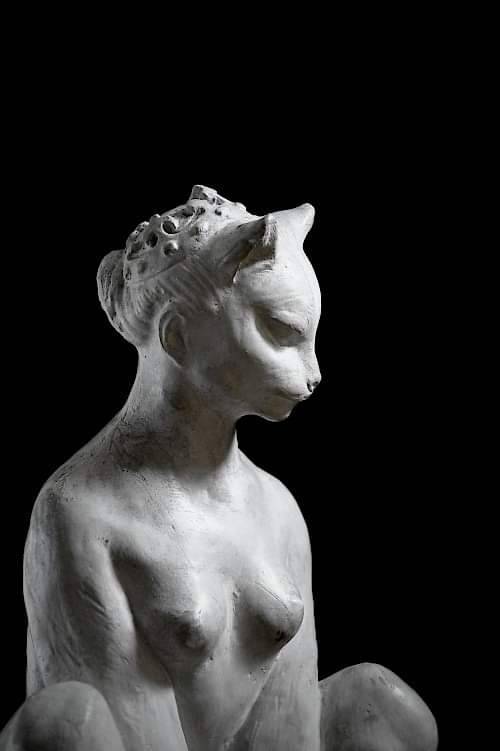
Konstanty Laszczka (Polish, 1865-1956, b. Makówiec Duży, Poland, d. Kraków, Poland) - Królewnę Kotkę (Cat-Princess,), c. 1928, Sculpture.
2 notes
·
View notes
Text
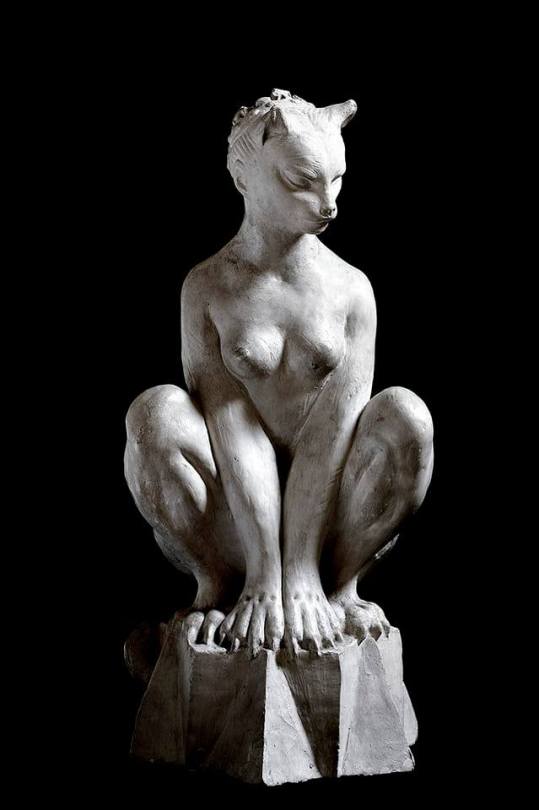
Konstanty Laszczka(1865-1956), "The Queen Cat", 1928 circa.
1 note
·
View note
Photo

Konstanty LASZCZKA (1865-1956) - Satyre et Nymphe
62 notes
·
View notes
Photo

Artysta rzeźbiarz K. Laszczka przy pracy nad rzeźbą przedstawiającą F. Chopina (1933).
117 notes
·
View notes
Photo

Sculprture "Smutna" (”Sad”) by Konstanty Laszczka, 1904.
Source: Muzeum Krakowa
98 notes
·
View notes
Photo
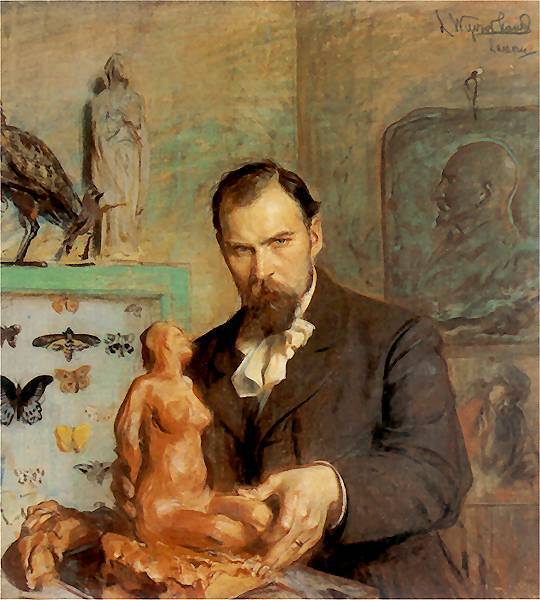
“Portrait of Konstanty Laszczka”, 1902 by Leon Wyczółkowski (1852 - 1936)
■ Konstanty Laszczka (September 3, 1865 in Makowiec Duży, March 23, 1956, in Kraków) was a Polish sculptor, painter, graphic artist, as well as professor and rector of the Jan Matejko Academy of Fine Arts in Kraków. Laszczka became the Rector of the Academy in 1911.
26 notes
·
View notes
Photo
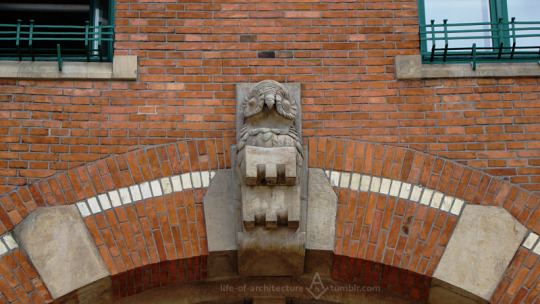
Kraków
ul. Długa 1
Dom pod Globusem, 1904-1906
architekci: Franciszek Mączyński i Tadeusz Stryjeński
foto z 12 lipca 2017
Sowę - symbol rozwagi - na zworniku głównego portalu wyrzeźbił Konstanty Laszczka.
><><><><><><><><><><><><><><><
Kraków, Poland
1 Długa St.
House under the Globe, 1904-1906
architects: Franciszek Mączyński and Tadeusz Stryjeński
taken on 12 July 2017
The owl representing forethought on the main portal's keystone was sculpted by Konstanty Laszczka.
#dark academia#sculpture#architectural details#Art Deco#animals in art#photographers on tumblr#original photography#Central europe#Polans#Polska#Kraków#Krakow#stonework#brick#historical buildings#classic architecture#Modernism#symbols#history of art#inspirations
4 notes
·
View notes
Text

Konstanty Laszczka (1865 -1956). Polish. sculptor, painter, graphic artist.
"chochlik" (pixie) 1926
19 notes
·
View notes
Photo

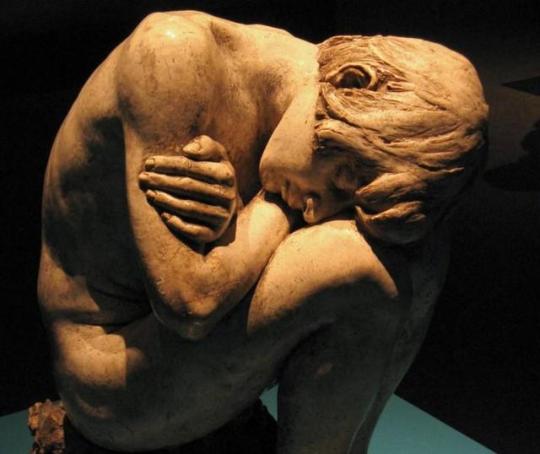
Abandoned, 1896, Konstanty Laszczka (1865 - 1956) - Gypsum -
38 notes
·
View notes
